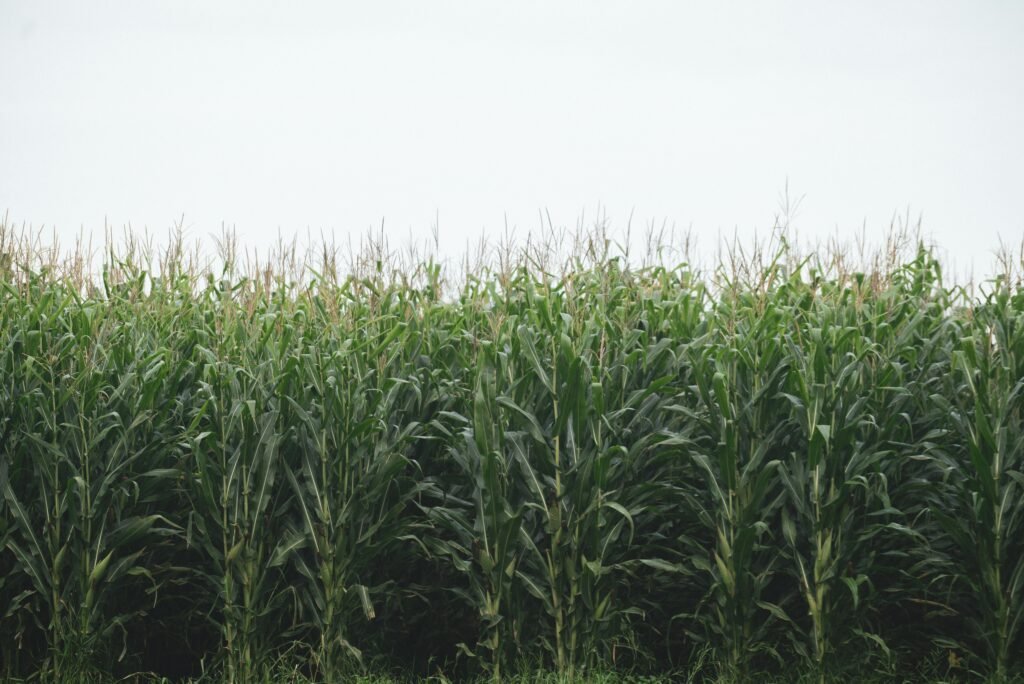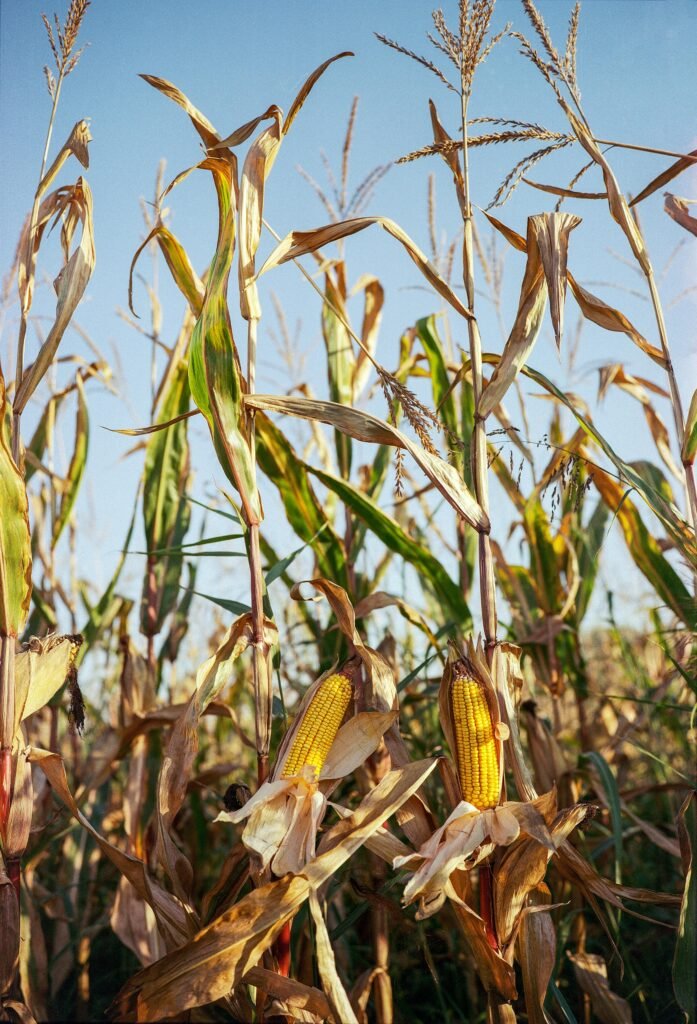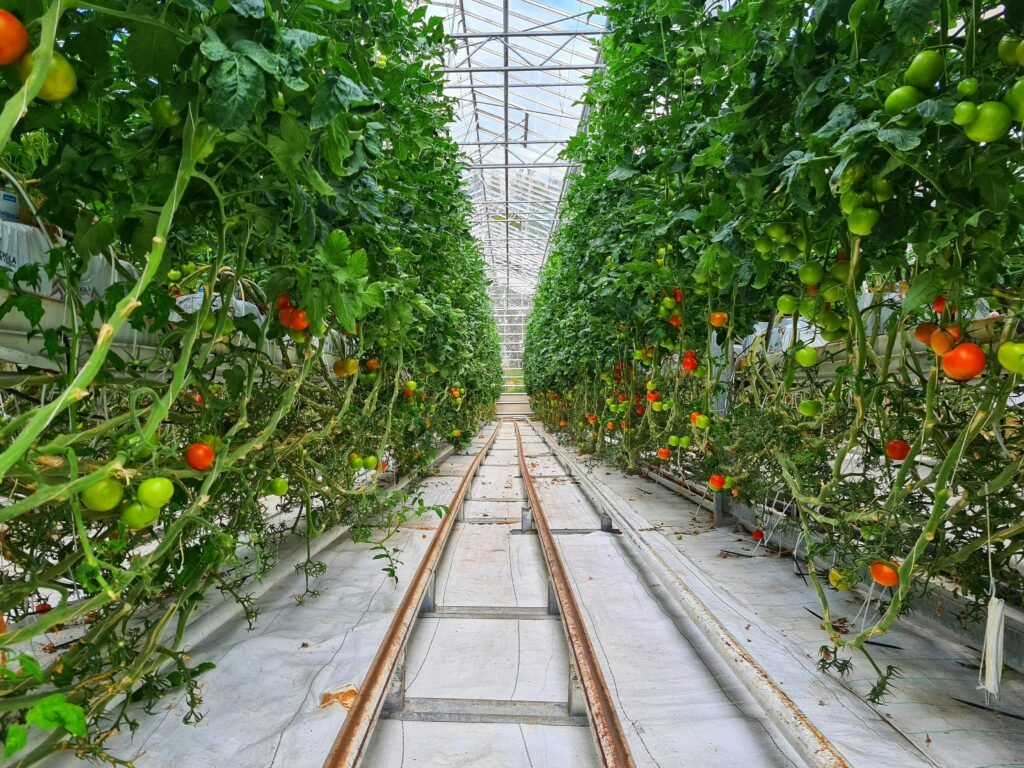🌱 Introduction
Organic composting is a natural and cost-effective way to enrich your farm’s soil with essential nutrients. For Indian farmers seeking to reduce their reliance on chemical fertilizers, homemade compost offers a sustainable alternative. In this blog, we’ll explore how to prepare organic compost at home, its benefits, and step-by-step composting methods suitable for both kitchen waste and farm residue.
🧑🌾 What is Organic Compost?
Organic compost is decomposed organic material made from:
Kitchen waste (vegetable peels, fruit scraps)
Farm waste (crop residues, cow dung, dry leaves)
Garden waste (grass clippings, twigs)


🌿 Why Use Organic Compost?
Using organic compost in your farm can:
Improve soil structure and water retention
Increase microbial activity and earthworms
Supply essential NPK nutrients (Nitrogen, Phosphorus, Potassium)
Reduce dependency on chemical fertilizers
Boost crop yield and health
🧰 Materials Needed to Make Compost at Home
Here’s a list of basic materials:
✔️ Green Waste (Nitrogen-rich)
Vegetable peels
Fruit scraps
Green leaves
Grass cuttings
✔️ Brown Waste (Carbon-rich)
Dry leaves
Newspaper (shredded)
Cardboard pieces
Sawdust
✔️ Others
Cow dung (for faster decomposition)
Soil (adds microbes)
Water (for moisture)
Compost bin or pit


🛠️ How to Prepare Organic Compost – Step-by-Step Process
🔹 Step 1: Select a Composting Site
Choose a shaded, well-drained area near your farm or backyard. You can use a compost bin, cement pit, or a simple pit dug in the soil.
🔹 Step 2: Create the Compost Layers
Layer the materials in the following order:
First Layer – Dry leaves or brown waste
Second Layer – Green waste (vegetable peels, grass)
Third Layer – Cow dung or semi-decomposed compost
Sprinkle some soil to add beneficial microbes
Repeat layers until the pile is 2–3 feet high.


🔹 Step 3: Maintain Moisture and Aeration
Keep the pile moist but not soggy (like a wrung-out sponge)
Stir or turn the compost every 7–10 days to add oxygen
🔹 Step 4: Let It Decompose
Let the pile decompose naturally. The time required depends on the temperature and materials:
Summer: 30–45 days
Winter: 60–90 days


🔹 Step 5: Check for Maturity
Your compost is ready when:
It is dark brown or black in color
Has an earthy smell
Crumbles like soil
🧪 Types of Composting Techniques
1. Traditional Pit Composting – Simple and effective for rural areas
2. Vermicomposting – Uses earthworms to speed up the process
3. Bucket/Bin Composting – Ideal for small-scale or home compost
4. Trench Composting – Burying compost material in farm rows
🌾 Benefits of Using Compost on Your Farm
Enhances soil fertility naturally
Boosts organic matter content
Suppresses soil-borne diseases
Promotes root development
Helps in moisture conservation

💸 Cost Comparison: Compost vs Chemical Fertilizers
| Input | Organic Compost | Chemical Fertilizers |
|---|---|---|
| Cost | Low (homemade) | High |
| Availability | On-farm | Market purchase |
| Soil health | Improves | Depletes |
| Long-term benefits | Yes | No |

🧑🏫 Tips for Better Composting
Avoid meat, dairy, and oily food in kitchen compost
Don’t add plastic, glass, or synthetic materials
Use a mix of green and brown waste
Keep compost aerated and moist
Add cow dung or microbial culture to speed up composting
✅ Conclusion
Making organic compost at home is not only easy but also essential for sustainable farming in India. It empowers farmers to reduce costs, improve soil health, and increase yields without harming the environment. By following the simple steps mentioned above, you can create high-quality compost using waste from your kitchen and farm.
